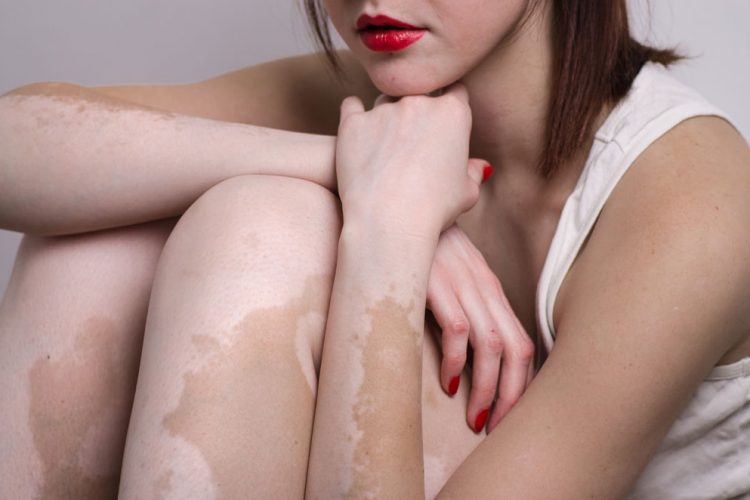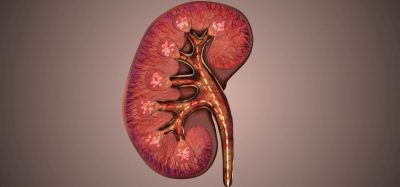Tofacitinib-UV B light therapy combination restores skin colour in vitiligo
Posted: 1 February 2018 | Dr Zara Kassam (European Pharmaceutical Review) | No comments yet
Researchers have successfully applied a novel combination therapy to restore skin colour in patients with vitiligo…


Building on prior research that examined the use of an arthritis medication to treat vitiligo, a team of Yale dermatologists has successfully applied a novel combination therapy — the medication and light — to restore skin colour in patients.
Dr Brett King Associate Professor of Dermatology and his colleagues reported two cases of patients with significant loss of skin colour from vitiligo, a chronic autoimmune disease that destroys skin pigment, leaving white splotches where there had been colour. For Dr King’s patients, standard treatments, such as steroid creams and light treatment, had failed to restore pigmentation.
To address these difficult cases, the research team combined the medication, tofacitinib, with narrowband ultraviolet B light therapy. In recent experiments, King and Dr John Harris, a dermatologist at University of Massachusetts-Worcester, had shown that tofacitinib keeps the immune system from attacking the skin cells that manufacture melanin pigment (colour), and light stimulates pigment-making cells to restore colour to the skin.
After a few months of the combination therapy, there was a remarkable improvement, report the researchers: One patient saw the near-total restoration of skin colour on her face, neck, chest, forearms, and shins. The other patient experienced similar success.
While more research is needed, the study highlights another advance by the Yale team in treating this and other stigmatising skin conditions. “These findings will define the treatment of vitiligo in the future,” Dr King said.
The study has been was published in JAMA Dermatology.
Related topics
Related organisations
University of Massachusetts-Worcester, Yale School of Medicine









